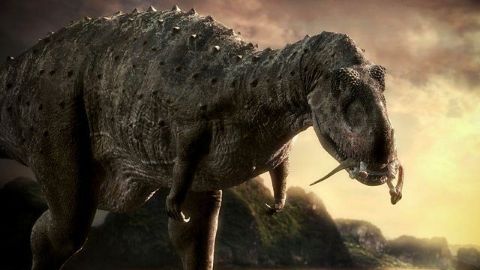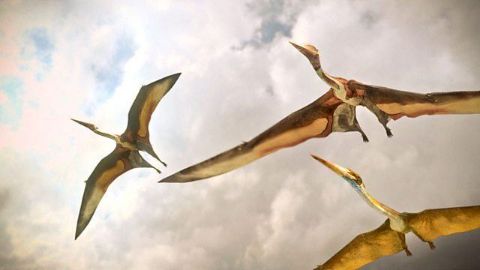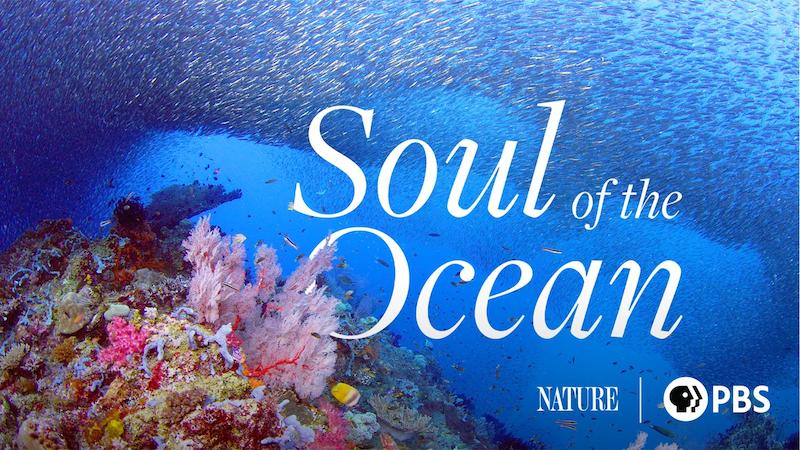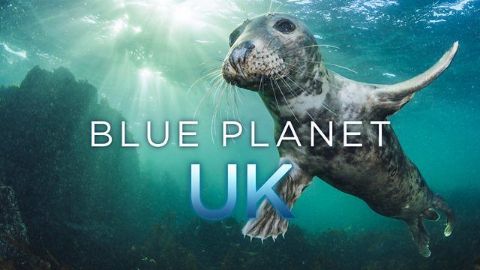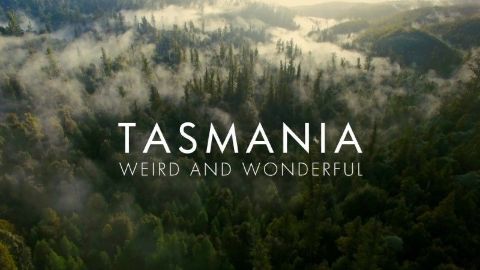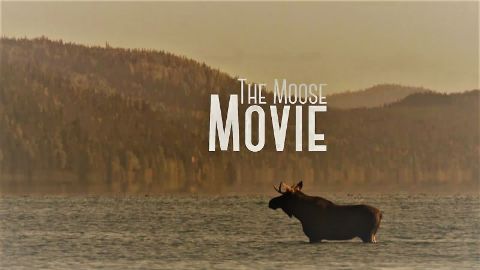Lost World • 2011 • episode "S1E1" • Planet Dinosaur
The series starts in North Africa, where two of the world's biggest predators once battled for supremacy. At 13m and seven tonnes, the carcharodontosaurus was a huge beast, a gigantic lizard-like carnivore with shark-like teeth over six inches long. It was an efficient hunter that would slash at its prey until it bled to death. But the discovery of an upper jaw in Morocco revealed an even bigger carnivorous killer - spinosaurus. Four metres longer than Tyrannosaurus rex, spinosaurus is thought to have been one of the biggest killers to ever walk the Earth. But unlike the meat-eating carcharodontosaurus, spinosaurus mainly ate fish, living and hunting almost exclusively in the water. Like all predators that share an environment, the two may once have had to compete for food. Planet Dinosaur takes a look at what one such deadly battle may have looked like and finds out which giant beast would have been most likely to survive a fight to the death.
Make a donation
Buy a brother a hot coffee? Or a cold beer?
Hope you're finding these documentaries fascinating and eye-opening. It's just me, working hard behind the scenes to bring you this enriching content.
Running and maintaining a website like this takes time and resources. That's why I'm reaching out to you. If you appreciate what I do and would like to support my efforts, would you consider "buying me a coffee"?
Donation addresses
BTC: bc1q8ldskxh4x9qnddhcrgcun8rtvddeldm2a07r2v
ETH: 0x5CCAAA1afc5c5D814129d99277dDb5A979672116
With your donation through , you can show your appreciation and help me keep this project going. Every contribution, no matter how small, makes a significant impact. It goes directly towards covering server costs.




